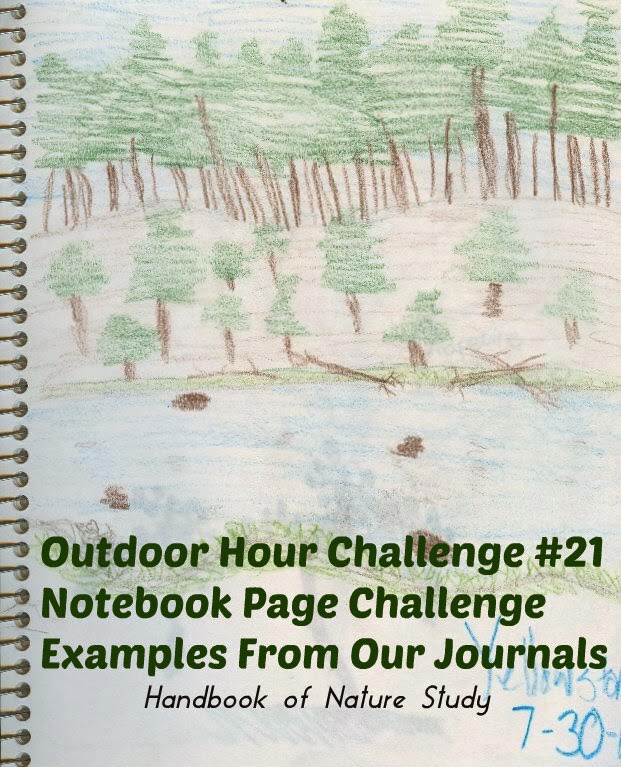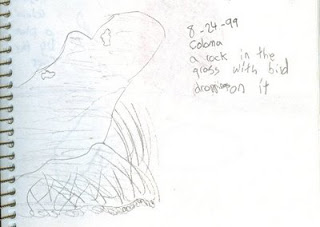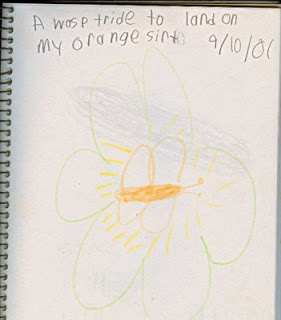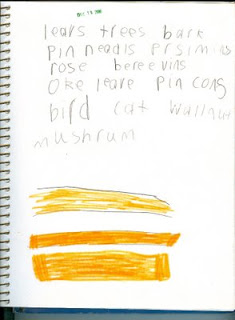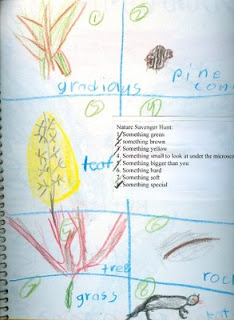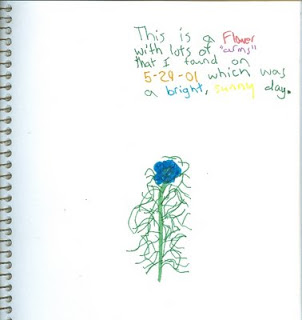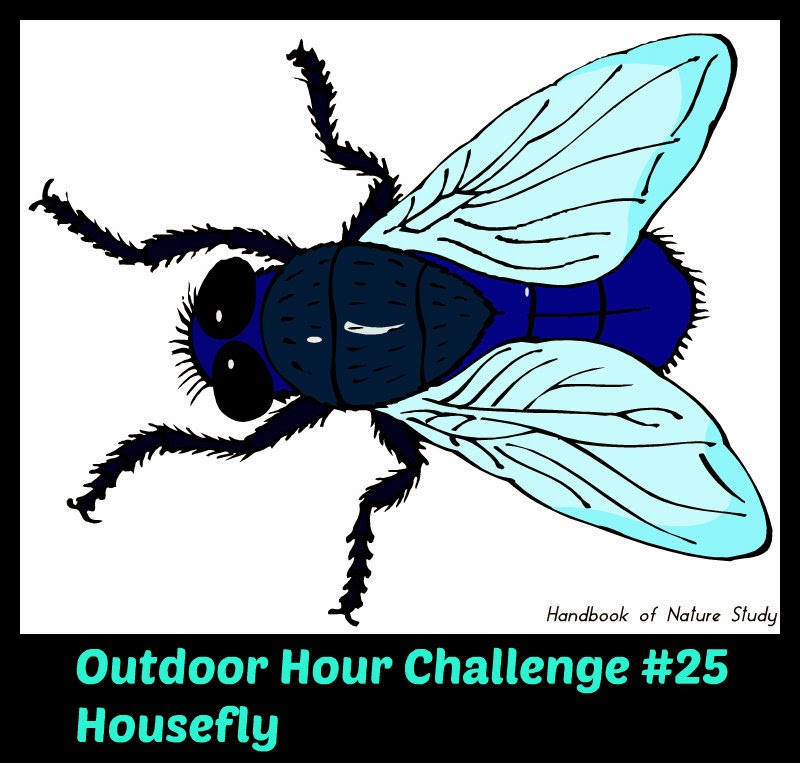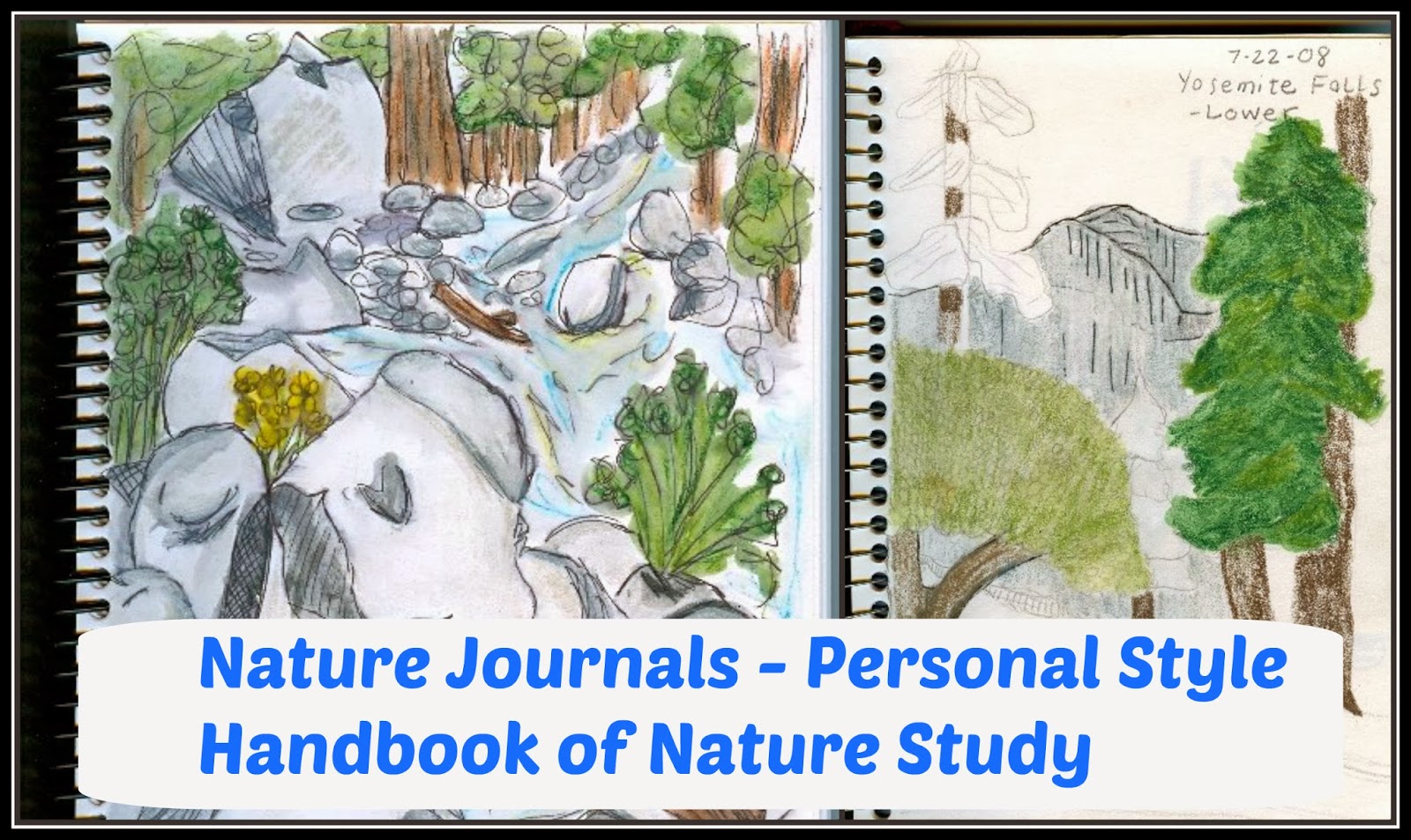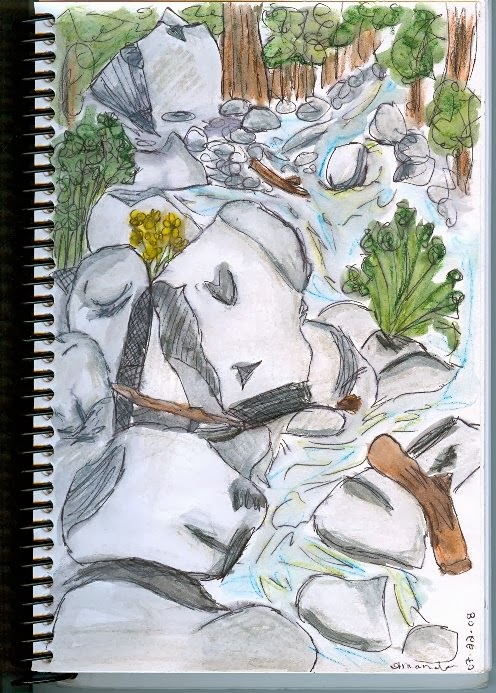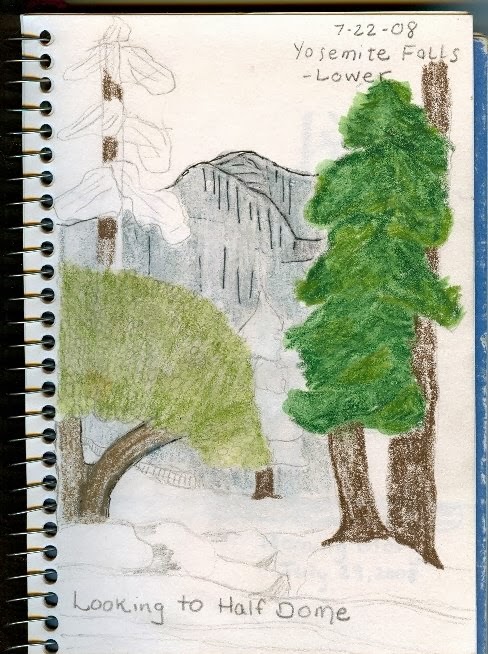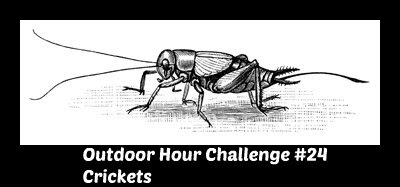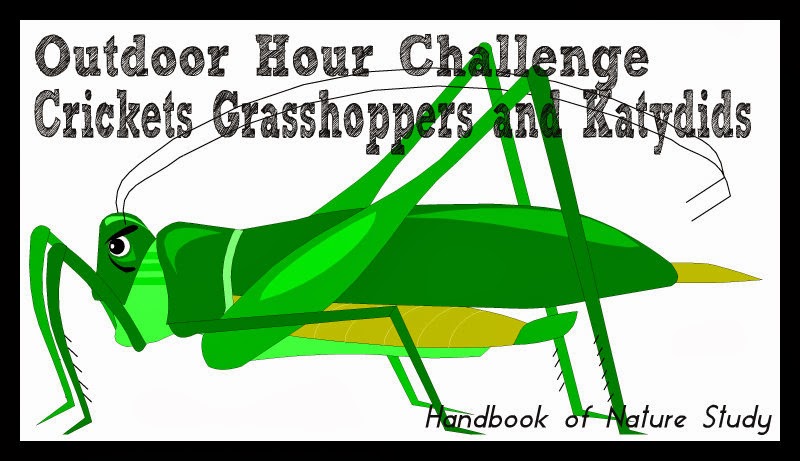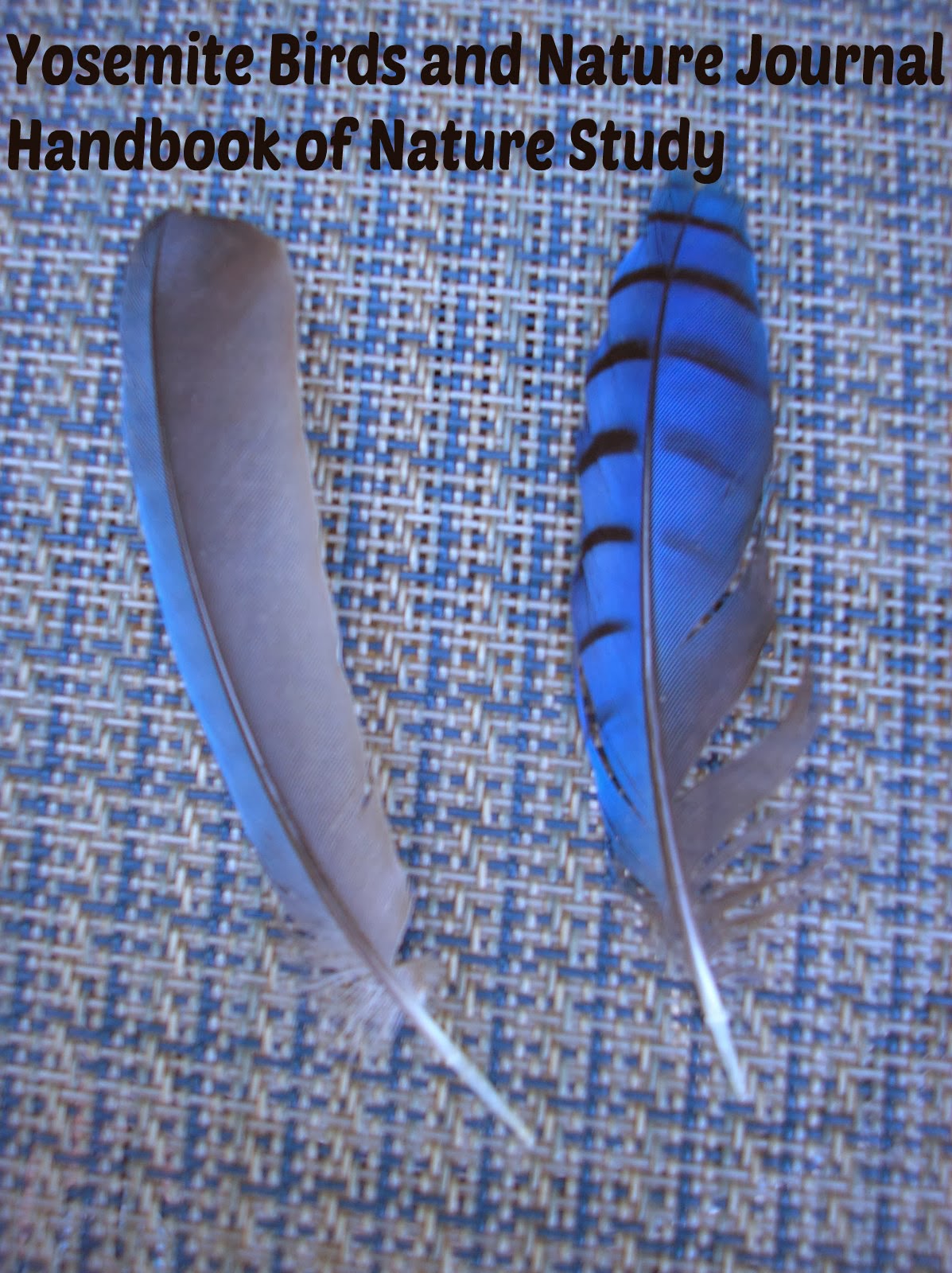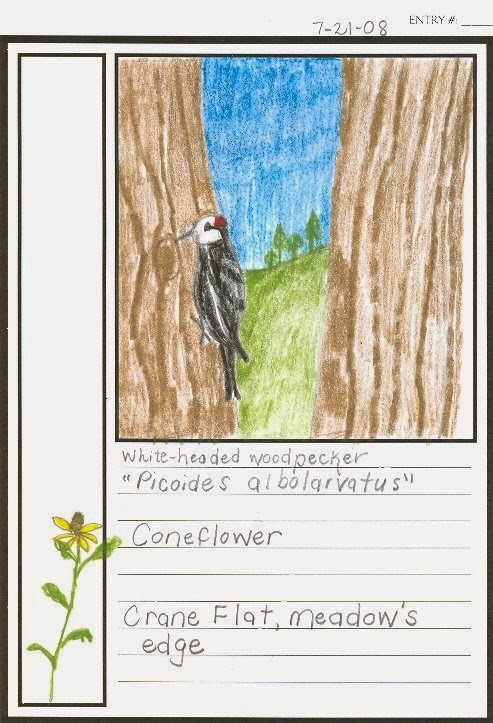Another gift this morning….a hummingbird moth or a white-lined sphinx moth.
I heard this guy in the skylight of the kitchen last night but I couldn’t get him to come down so I could see what sort of moth he was. This morning as I was sipping my morning cup of coffee, he buzzed right over to collect some nectar from the vase of flowers on my kitchen table. Can you believe that? We all watched as he hovered around the flowers and then up over the table. This was our first experience with a hummingbird moth and it was fantastic.
He flew up to the ceiling and landed in the corner. Please excuse the really ugly background for this beautiful moth. We re in the middle remodeling our living room and he landed right in the dusty corner where we are sheetrocking….of course.
I pulled out my Handbook of Nature Study and I was surprised to find that there is a complete section on hummingbird and sphinx moths, pages 320-325.
“The have long, rather narrow, strong wings which enable them to fly with extraordinary rapidity. …Their colors show most harmonious combinations and most exquisite contrasts; the pattern, although often complex, shows perfect refinement…..Most of the sphinx moths have remarkably long tongues, which are sometimes twice the length of the body.”
Handbook of Nature Study, page 321
This was a very interesting insect to read about and I will be on the look out now for more of them. I read in the Handbook that they especially like petunias, morning glories, and nasturtiums which are all planted in my new garden from the spring!
Another gift….thank you.



